Best Putter Grips 2025
We round up the best putter grips on the market to help you find the right one for your stroke
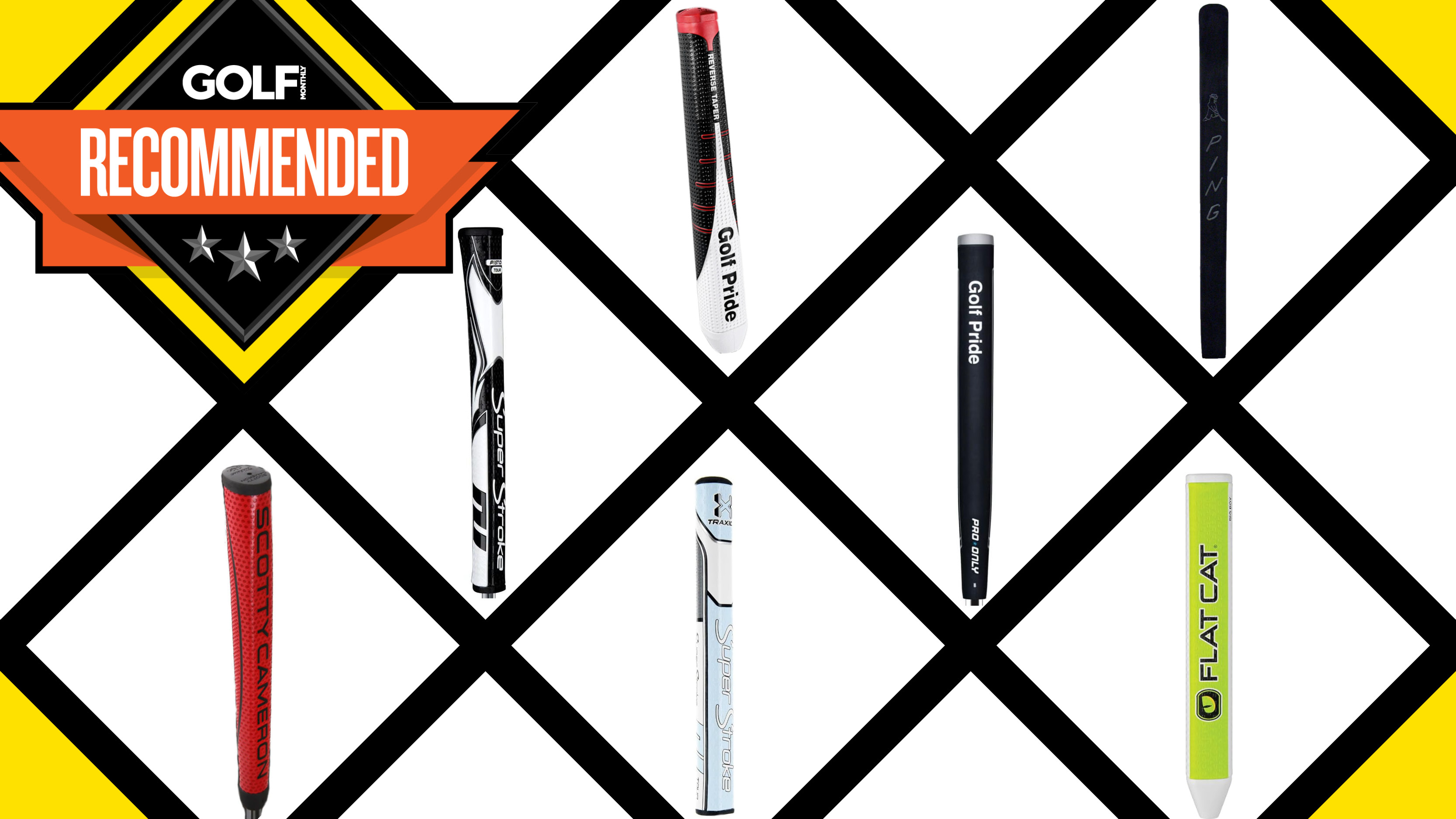

Sonny Evans
Golf grips are often neglected. But the putter grip is the sole point of contact between you and your flat-stick, therefore it's critical you find the right one to create the best connection with the golf ball.
The putter grip is considered one of the best golf accessories as there are now models that can help your stroke and alignment—there's even armlock and wrist-lock options, too.
With an abundance of putter grip styles available, it can be difficult to navigate the market and find the right match for your individual playing style and needs. We've considered all types of styles, from thin pistol-type grips to straighter and thicker models, and curated our own list of the best putter grips.
We'd also recommend taking a look at some of our other guides too, such as the best putters, best golf grips and our guide on the best golf grips for sweaty hands.
Best Putter Grips 2025
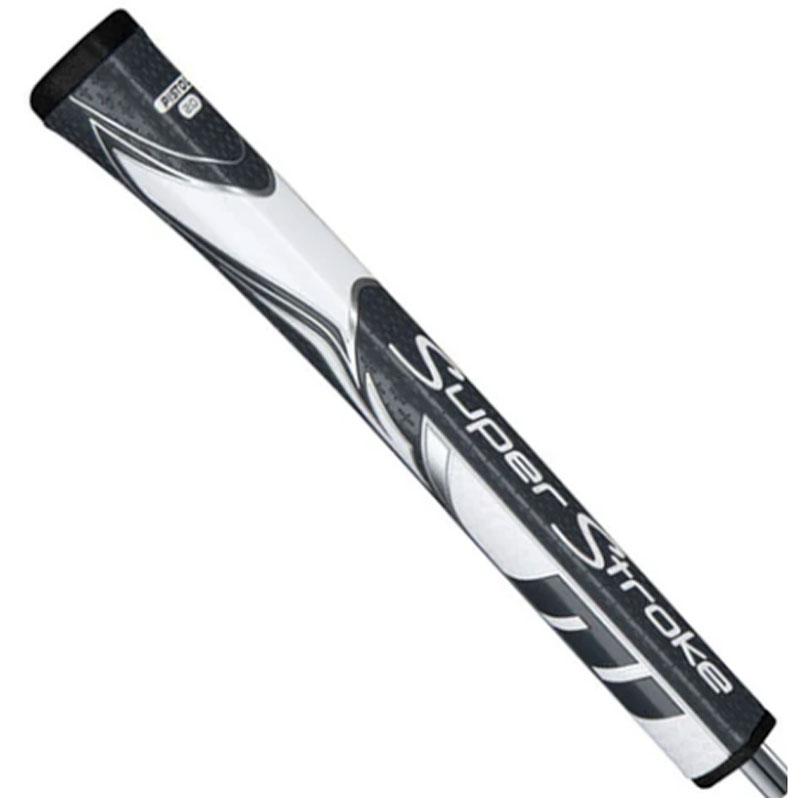
+ Nice, tacky feel in the hands
+ Comfortable shaping
+ Can be counterweighted
- Not overly different to the Traxion Tour
Replacing the popular Traxion grip line, the Zenergy is the newest line of grips from Superstroke and offers a super tacky outer layer for extreme grip and a firm rubber inner core for additional stability. It's tailored for all kinds of skill levels and aims to help quiet your hands during a stroke for better accuracy and responsive performance.
One thing we really enjoyed on these grips is how the texture varies throughout, to help optimize feedback and comfort. That gives more confidence that the grip will stay secure in your hands.
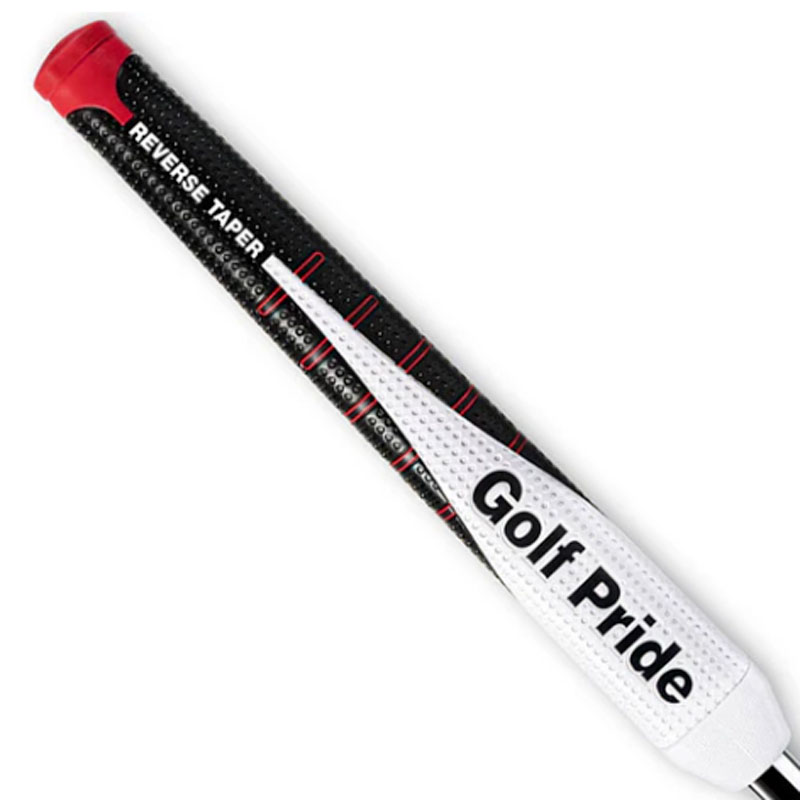
+ Soft and easy to hold, very ergonomic
+ Really does quieten the bottom hand
- Not suited to those who prefer a firm, skinny grip
This aptly-named grip is designed with a slimmer upper half and wider lower section to help anchor the top hand for stability and reduce tension in the lower hand for smooth acceleration through the stroke.
Our first impressions of this grip were of comfort and quality. The feel is soft, yet responsive with unique circular-shaped traction elements to help each hand control speed. It felt tacky but not excessively so and actually did calm our hands during the stroke, which is particularly important from short range.
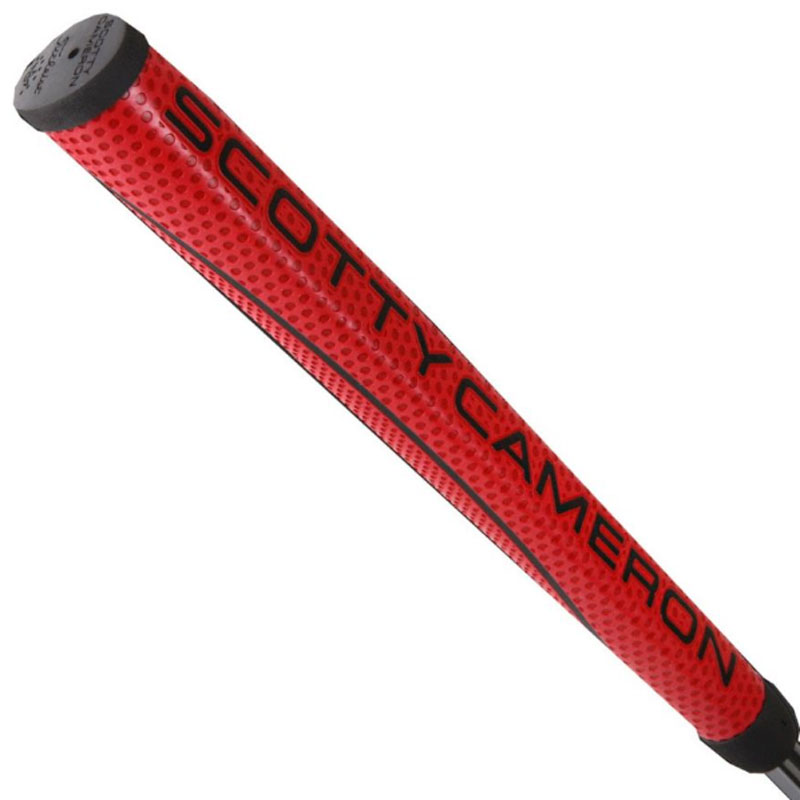
+ Versatile size
+ Quality construction
- Not as readily available
If you know your putters than you will know the name Scotty Cameron, a man and a brand that has made high-quality, Tour-level golf equipment for decades. The brand thinks about every detail in its putters and this includes the grip, such as this Matador model above.
This midsize grip is made from a Tacky Excel polymer construction to promote a more relaxed grip pressure. It also features a Staggered tread pattern to offer greater feel and control. What's more, it comes as standard on many of the company's renowned putters and you can learn more about them on our guide to the best Scotty Cameron putters.
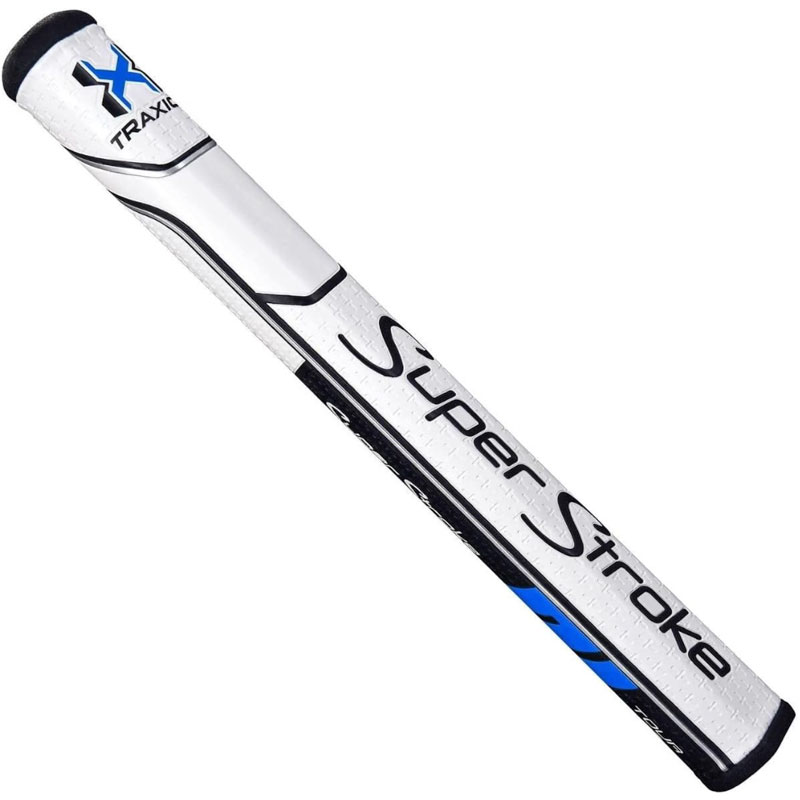
+ Excellent performance
+ Various sizes available
- This grip won’t suit all putting stroke types
SuperStroke really pioneered the straight putter grip where the sizing is exactly the same throughout compared to a traditional tapered pistol grip. We really like how the straight grip allows us to exert equal pressure in both hands to promote a smooth stroke.
The Traxion range from SuperStroke comes in various different sizing options and features what the brand call Traxion Control enhanced feedback zones. They combine a tacky polyurethane outer layer to deliver a comfortable feel, enhanced feedback and help keep your hands secure on the club.
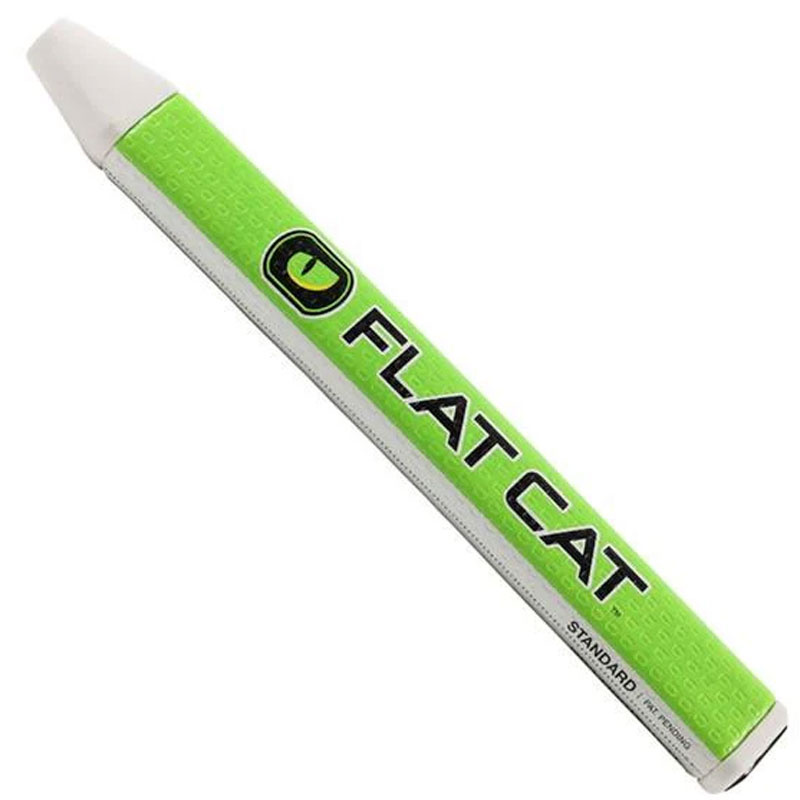
+ Very soft feel
+ Great for taking the wrists out of play
- Not as versatile as others
This grip was made famous by Justin Rose, who has had a real resurgence on the greens, coinciding with his rise to the World No. 1 position. There are a few different sizes in the range and they all feature the company's FLAT1 design, which helps golfers square up the putter face on a more consistent basis. Featuring a flat front and made from a lightweight polyurethane compound, this grip delivers a soft, comfortable feel and comes with a lighter-traction surface to give you a nice grip texture. It's very large flat surface makes it a unique addition to this guide, but operates as a very handy putting aid.
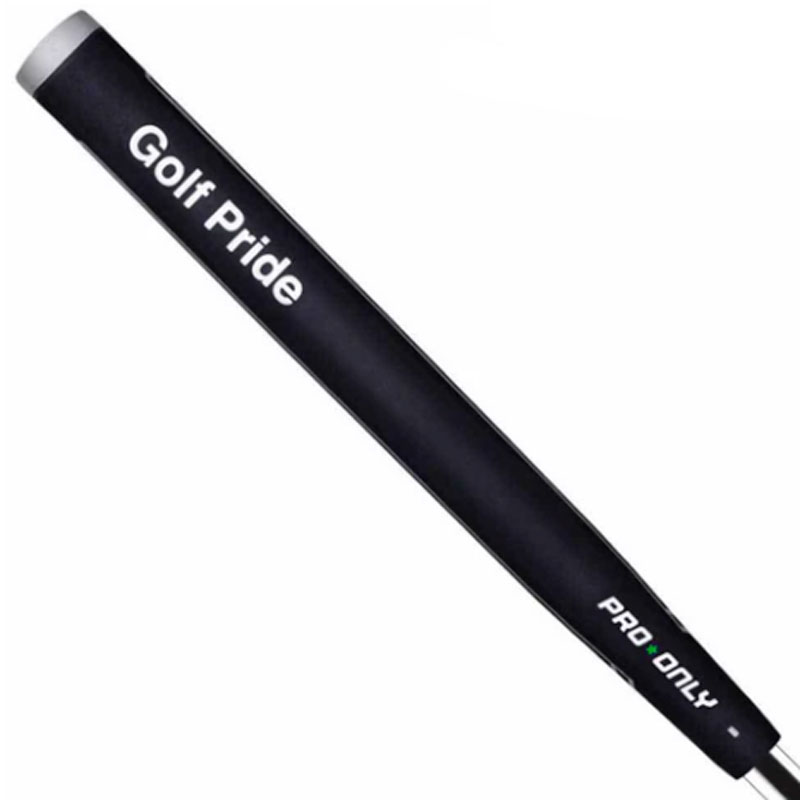
+ Three distinct shapes in the range
+ Classic brand quality
- Styling is very basic
With three distinct Tour shapes, the Pro Only models have been refined with direct player testing to deliver the highest degree of responsiveness and performance. Each model comes with its own unique shape and color-coordinated star on the end cap to help distinguish them at a glance.
The Pro Only Red Star features a modernized horseshoe shape with an arched paddle front for thumb placement. The Blue Star version boasts an angled profile with a wide, flat paddle front for thumb placement. Finally, the Pro Only Green Star model is an Oval shape with an arched paddle front for improved thumb placement resulting in more comfort.
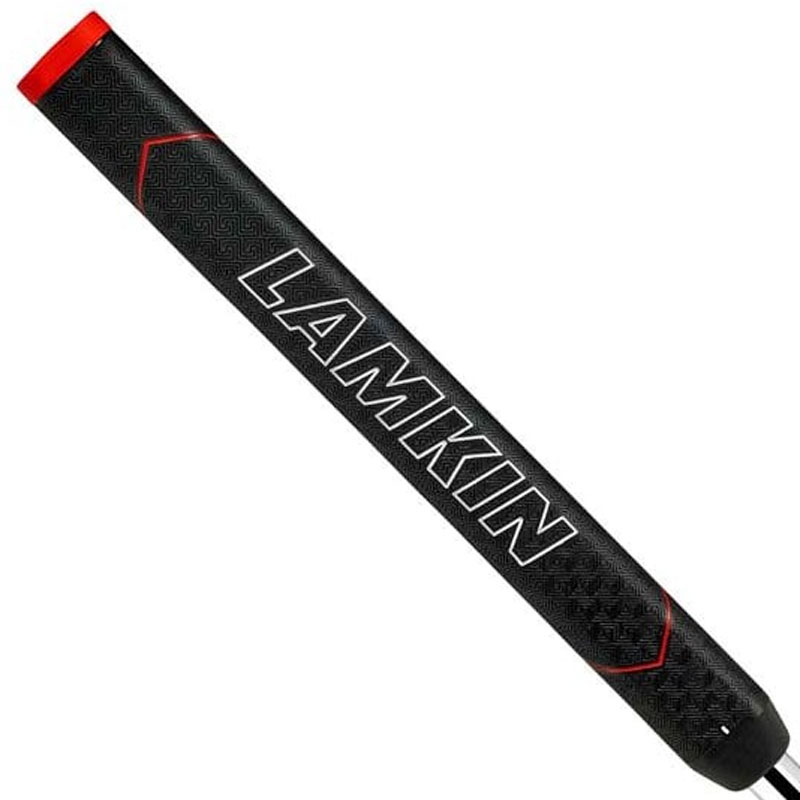
+ Really durable
+ Feels excellent in the hands
- Not ideal for arc strokes
Lamkin's Sink Fit grip features the company's Fingerprint Technology and Genesis Material to offer golfers a responsive feel on their putts, optimized surface tack, and great durability. It is made in a unique contoured shape, which has been designed to promote proper wrist alignment for smooth, repeatable mechanics. We found it works best with golfers who have a straight back and through stroke as opposed to an arced putting motion. Lamkin also features heavily in our best golf grips for drivers guide too, so we definitely recommend looking at that guide as well.
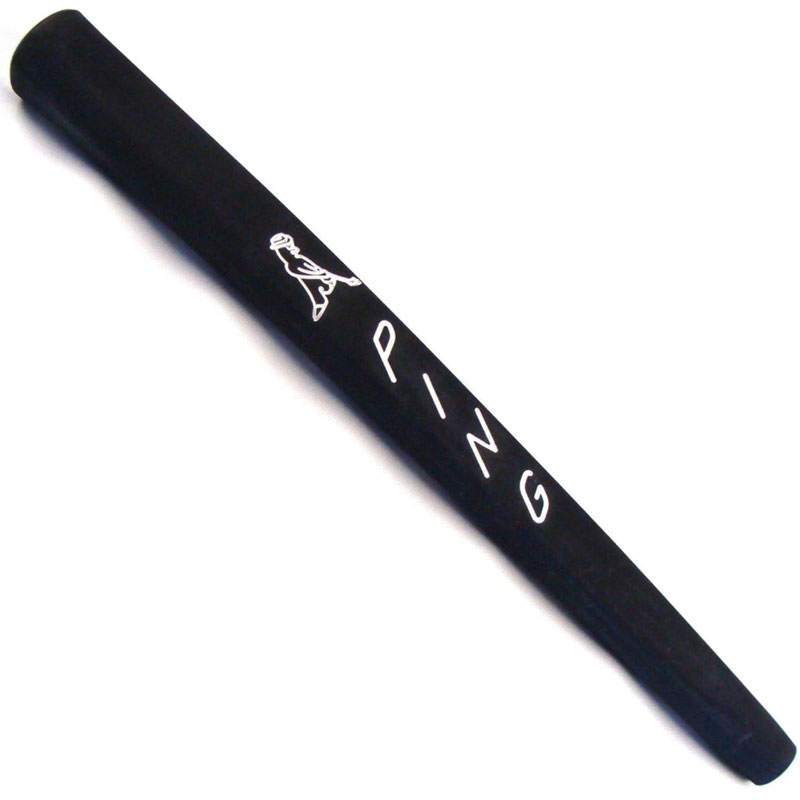
+ One of the most classic grips
+ Great level of feel
- Too thin for some
This legendary putter grip was made famous by Tiger Woods. This classic pistol grip from Ping is very thin and offers up fantastic feel - great if you're this type of putter. It comes in the Blackout or White colors.
There's not too much technology to speak of here so we reckon this grip would be best used by a low handicapper or a good putter. Pair this with a Scotty Cameron Newport and feel the Tiger vibes. Also if you are a fan of Ping then be sure to have a read of our best Ping putters guide, too.
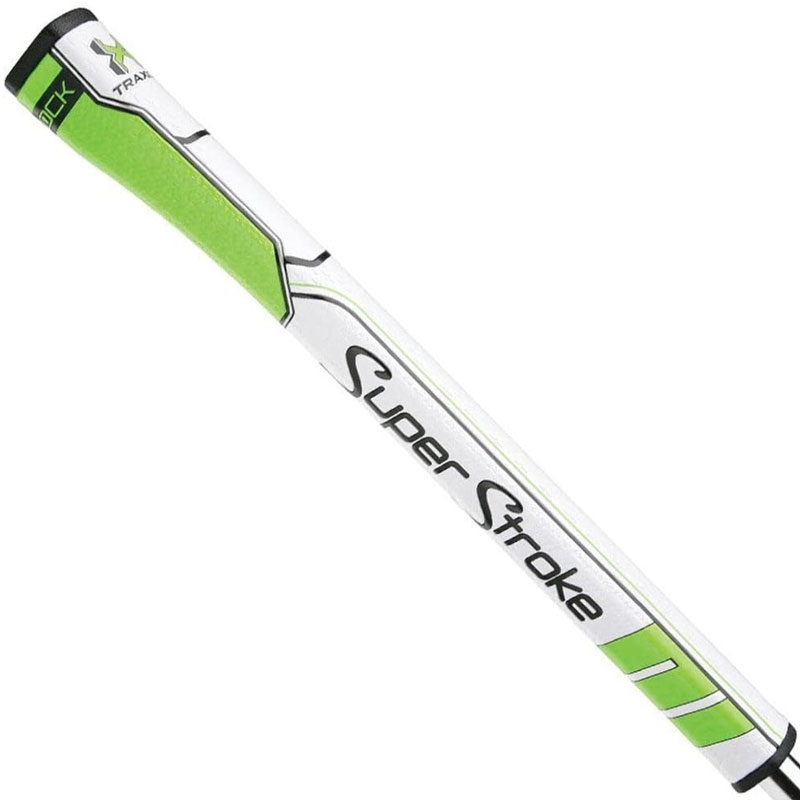
+ Does exactly what it’s supposed to
+ Good color options
- Might need to alter putter
The WristLock grip from SuperStroke has been designed to help golfers who use the arm-lock putting method with a longer shaft that runs along the arm, in the style of a Bryson DeChambeau or Matt Kuchar. It has been engineered with a thicker top section on one side to 'lock' itself in against your arm. The best armlock putters on the market have very similar grips to the WristLock, so if you're looking for a good grip for your armlock putter look no further than this offering from SuperStroke.
How we test putting grips
When it comes to product testing, our reviews and buyers' guides are built upon a rigorous testing procedure as well as the knowledge and experience of the test team. The putter section is headed up by David Usher, a golf equipment reviewer with many years experience.
Other members of the Golf Monthly team contribute to the putter tests as well, and all writers are able to efficiently test the vast majority of the biggest product releases and convey the pros and cons eloquently. Getting into specifics, we test the putters outdoors on real greens with premium golf balls to get a thorough understanding of design features, feel, sound and looks.
Ultimately, we aim to be as insightful and honest as possible in our reviews so it is important to acknowledge that no manufacturer can buy a good review. This is because our team tells it how it is. To learn more about our methodology, see how Golf Monthly tests products in our guide.
How to choose a putting grip
The putter is perhaps one of the most important clubs in your bag. As most golfers will know, the amount of shots you can gain or lose on the greens can make or break your round. For that reason, having the right putter with the right grip for your putting stroke in your bag can seriously help you shave shots off your round.
The grip is one of the most important features on your flat-stick and there are many different types of grip available to you. For that reason, when purchasing a new putter grip, there are several factors you should consider, which are set out below.
The shape
Putting grips come in a variety of shapes and sizes. Those generally include circles, ovals, flat ovals, pistols and flat wides. Each provide a different feel and offers golfers with different swing types a variety of benefits. Circle shapes are the traditional style of putting grip and typically have a thinner grip than most other putters. They are great for players with more rotation in their swing.
Pistol grip putters are another popular grip style and, conversely to the oval shape, are better for players who have a slight arc in their putting stroke. The ergonomic shape means they are wider at the top and are designed to deliver a closed face angle at impact, which helps to improve the connection you get on the golf ball.
Wider grips and flatter putter grips help to quiet wrist movement and that makes them a great tool to use if you’re a golfer who suffers from the yips. The thickness helps to produce a fluid pendulum motion from your shoulder and allows you to strike through the ball with greater confidence and control. This ultimately means picking a grip can be a very subjective thing for different golfers. Where one player might prefer a circular grip, another player might want to play with a pistol grip. It depends on what works for you and provides you with the best feel. For that reason, we recommend you head down to your local club shop to try a variety of different putters with different grips.
Tackiness
Having a tacky grip on your putter is another important factor that all players should consider when buying any flat-stick. The better the grip, the more you can relax your hands when holding the club. That can allow golfers to use their shoulders and arms more to create a pendulum motion through the ball and produce a more controlled, fluid stroke. Some putter grips also provide aids that help you place your hands on the club in the same position each time. Look out for these as this can improve the consistency of your strokes and help you sync more putts.
Feel
Similar to when picking the best putter, iron or driver that is right for you, you’re going to want to factor in how that club feels on impact. The same goes for when you’re trialing different grips. You’ll want to pick the grip that gives you the best responsivity, control and overall feel as you strike through the ball. Again that is something that is subjective from golfer to golfer. For example, some players like to feel more vibrations coming up the club, while others would prefer that sensation to be dampened. Depending on what works best for you, trying out different types of grip can seriously help you discover the best one for your needs as a golfer. Head down to your local club shop to try out more.
Style
Style might interestingly be one of the most crucial things to consider when purchasing a new putter grip. As golf is primarily a mental game, looking good on the course means feeling good. And if you’re feeling good, then you are inevitably going to be higher in confidence. For example, standing over the ball while holding a putter that looks the part, and makes you feel confident, can go a long way in helping you shave putts of your round. For that reason, pick a putter grip that not only feels good but looks good too.
For more buying advice on your golf gear, be sure to check out our guides on the best golf training aids or best putting mats.
FAQs
Are thicker golf grips better?
Oversized golf grips can be better for golfers who struggle with the yips or more hand movement through the stroke. Thicker golf grips allow players to wrap their hands more around the club and provide more stability, enabling you to swing through with a pendulum motion.
How wide can a putting grip leagally be in golf?
Per USGA rules, the maximum width of grip a golfer can have on their putter is 1.75" in diameter.
Is a pistol putter grip or a circular putter grip better to use?
Each are suited to golfers with different swing styles. A pistol grip is perhaps better for golfers who have a straighter swing or a small arc in their putting stroke. A circular grip might be better for golfers who putt with a more curved arc. Ultimately, there is no right or wrong here, it depends on what works best for each golfer.
If you want more buying advice, why not take a look at our guides on the best golf net, or best golf mat as well.
Get the Golf Monthly Newsletter
Subscribe to the Golf Monthly newsletter to stay up to date with all the latest tour news, equipment news, reviews, head-to-heads and buyer’s guides from our team of experienced experts.

Sam is Golf Monthly's Senior E-commerce Editor which mean's he oversees everything E-com related on the site.
This takes the form of creating and updating Buying Guides, reviews, and finding bargain prices for deals content.
Working with golf gear and equipment over the last seven years, Sam has quickly built outstanding knowledge and expertise on golf products ranging from drivers, to balls, to shoes.
He combines this knowledge with a passion for helping golfers get the best gear for them, and as such Sam manages a team of writers that look to deliver the most accurate, insightful, and informative reviews and buying advice. This is so the reader can find exactly what they are looking for, at a good price.
Additionally Sam oversees Golf Monthly voucher/coupon content which seeks to find you the best offers and promotions from well-known brands like Callaway, TaylorMade and many more.
Unfortunately, Sam is not a member of any club at the moment but regularly gets out on the golf course to keep up the facade of having a single-figure handicap.
-
 How Much The Winning Caddie Earns At The RBC Heritage
How Much The Winning Caddie Earns At The RBC HeritageThe latest of the PGA Tour’s signature events offers a huge prize for the winner, and the caddie alongside the champion is due for a big payday too
By Mike Hall
-
 How Far Does The Average Amateur Golfer Hit Their 4-Iron?
How Far Does The Average Amateur Golfer Hit Their 4-Iron?The 4-iron is a versatile ally to amateur golfers, helping to escape trouble and eat up distance, but how far does the average golfer hit this useful club?
By Barry Plummer
-
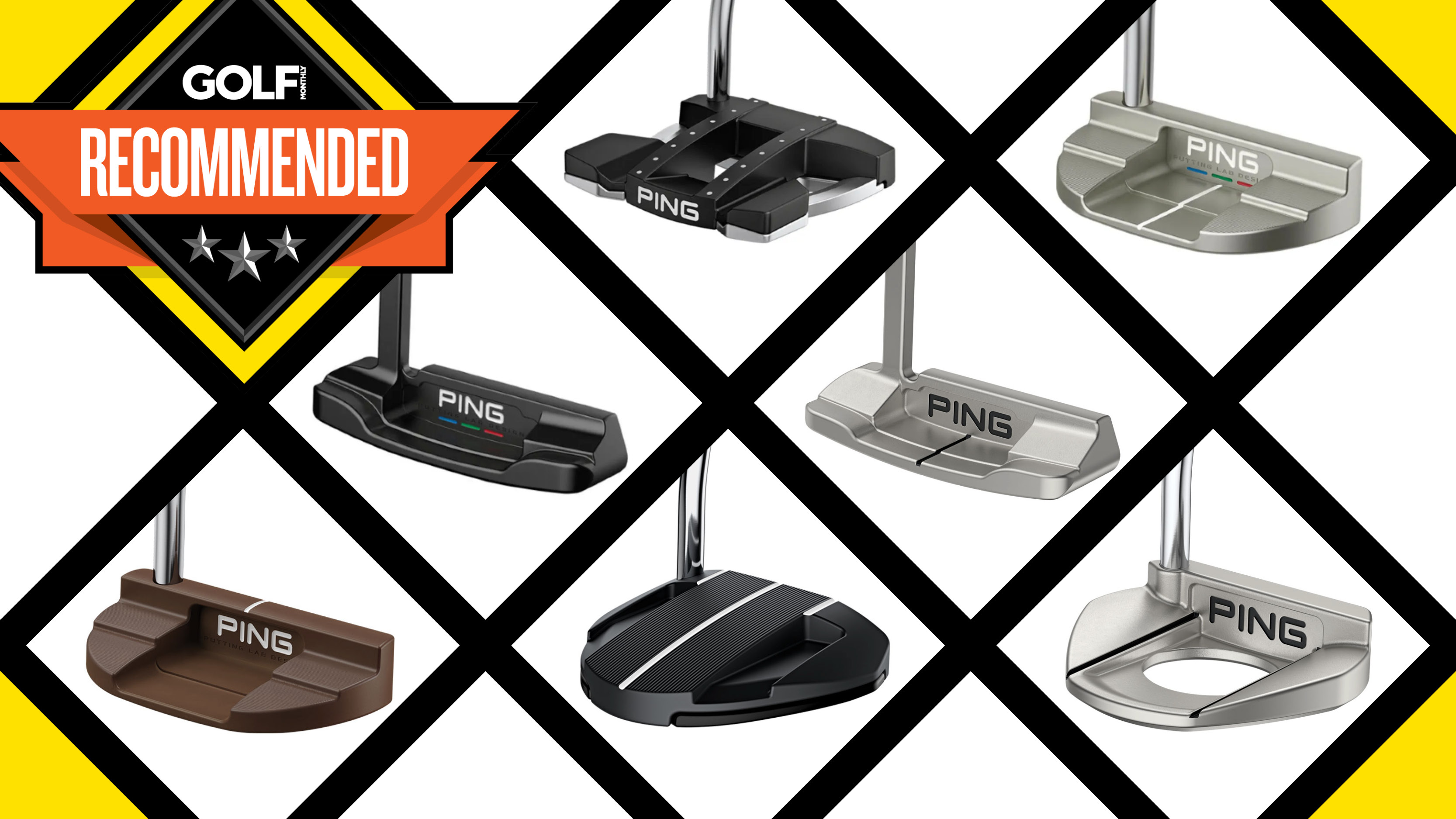 Best Ping Putters 2025
Best Ping Putters 2025We check out the best Ping putters that are currently available on the market
By Sam De'Ath
-
 Best Odyssey Putters 2025
Best Odyssey Putters 2025In this guide, we look at some of the best Odyssey putters currently on the market
By Sam De'Ath
-
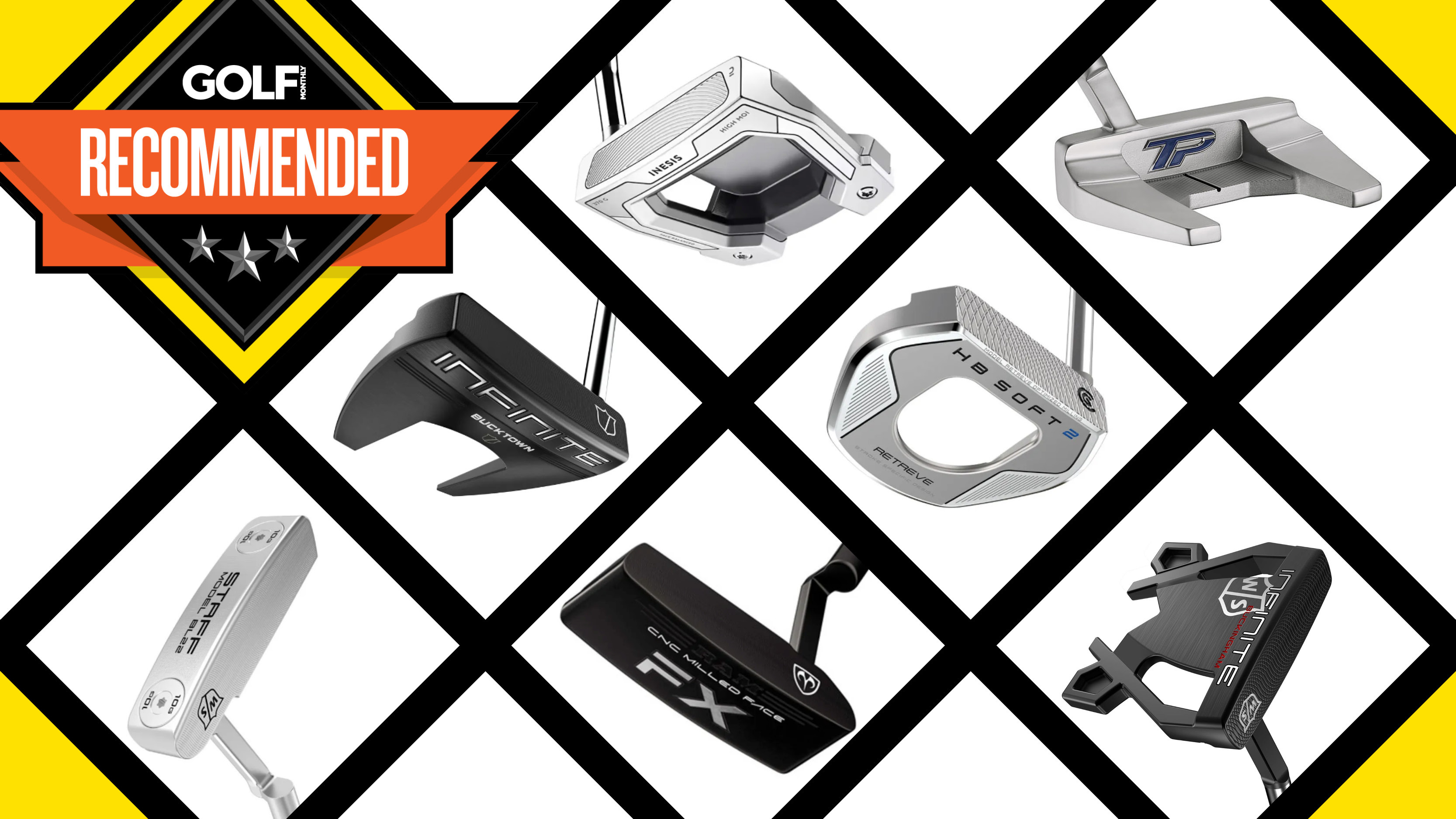 Best Cheap Putters 2025
Best Cheap Putters 2025In this guide, we delve into the market of entry-level putters and pick our favorites
By Sam De'Ath
-
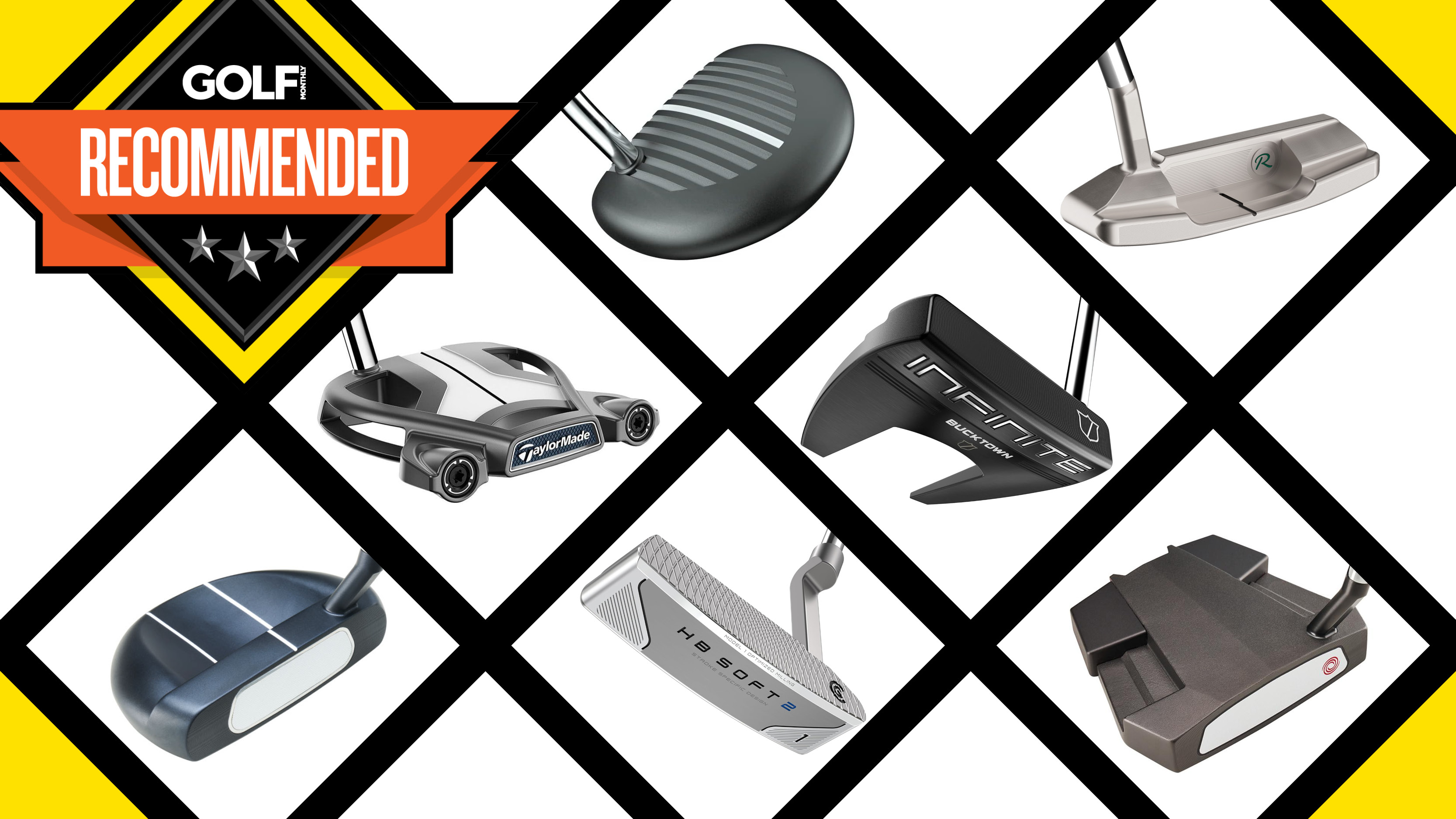 Best Putters On Amazon 2025
Best Putters On Amazon 2025We take a look at the best putters on Amazon available right now, varying in price to suit your eye and budget.
By Matt Cradock
-
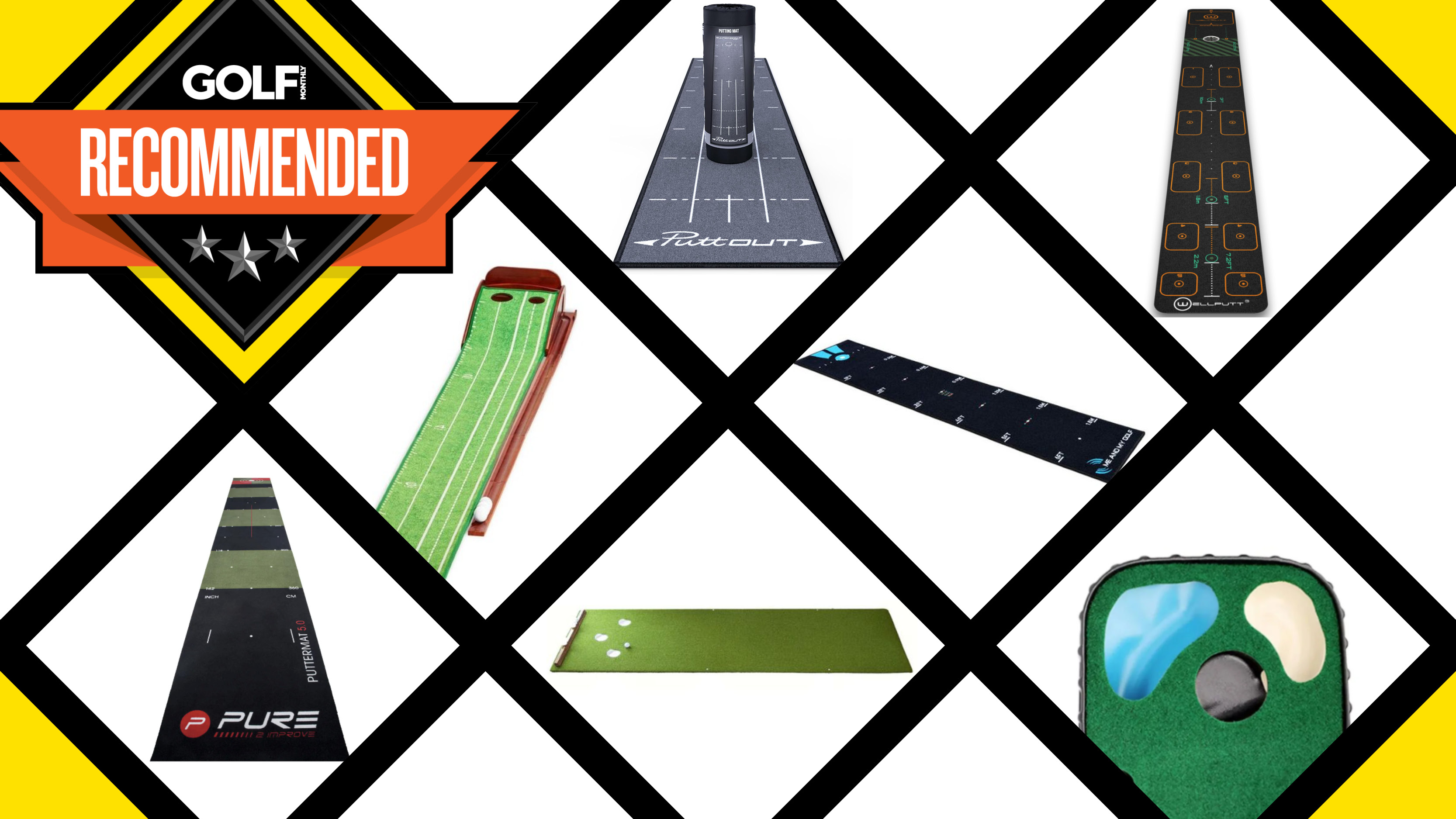 Best Putting Mats 2025
Best Putting Mats 2025Want to work on your putting just about anywhere? A good putting mat is a great way to do so and here are some of our favorites.
By Sam De'Ath
-
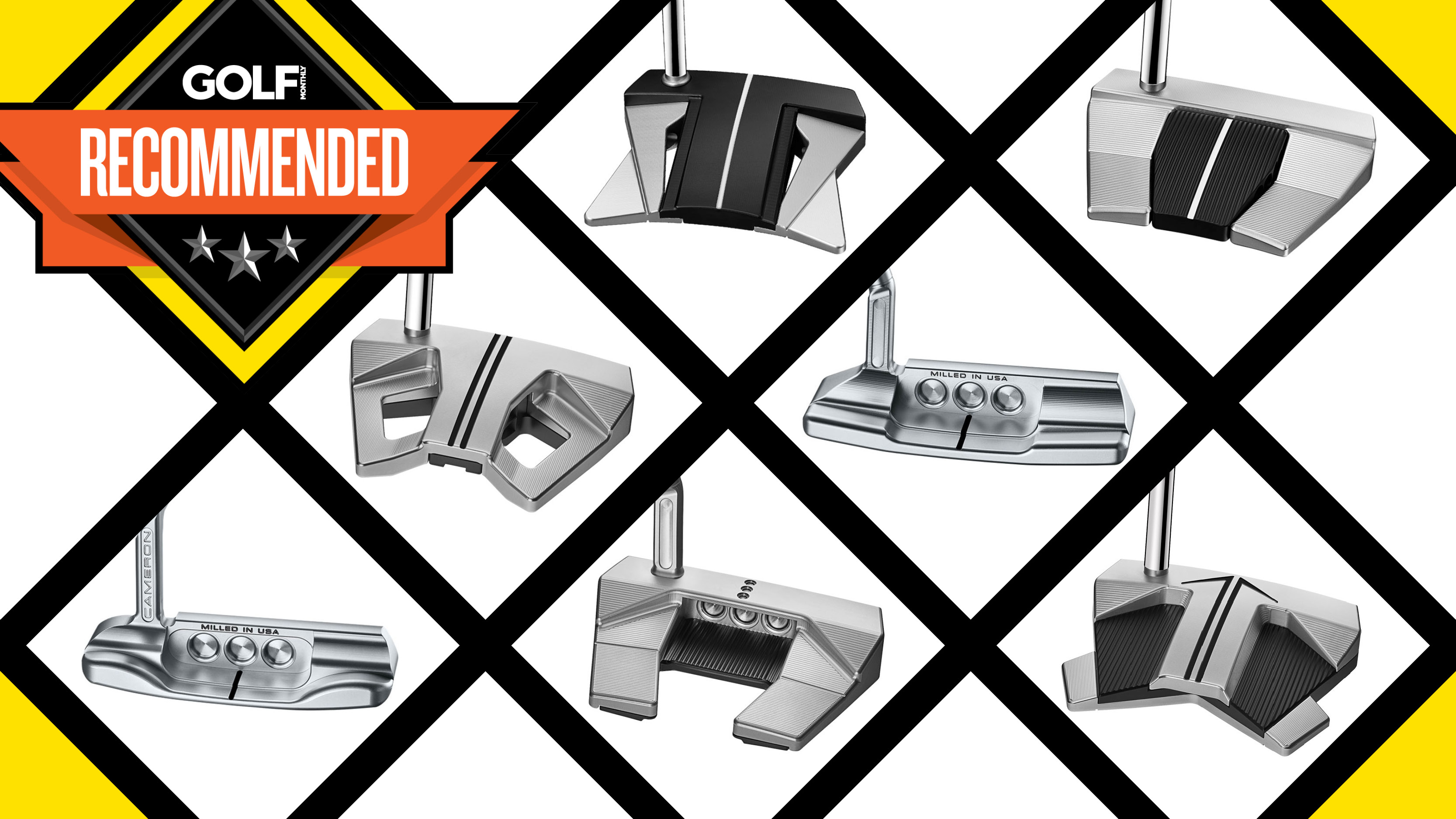 Best Scotty Cameron Putters 2025
Best Scotty Cameron Putters 2025Check out the best Scotty Cameron putters currently on the market to get a precision crafted blade and mallet putter for your game.
By Sam Tremlett
-
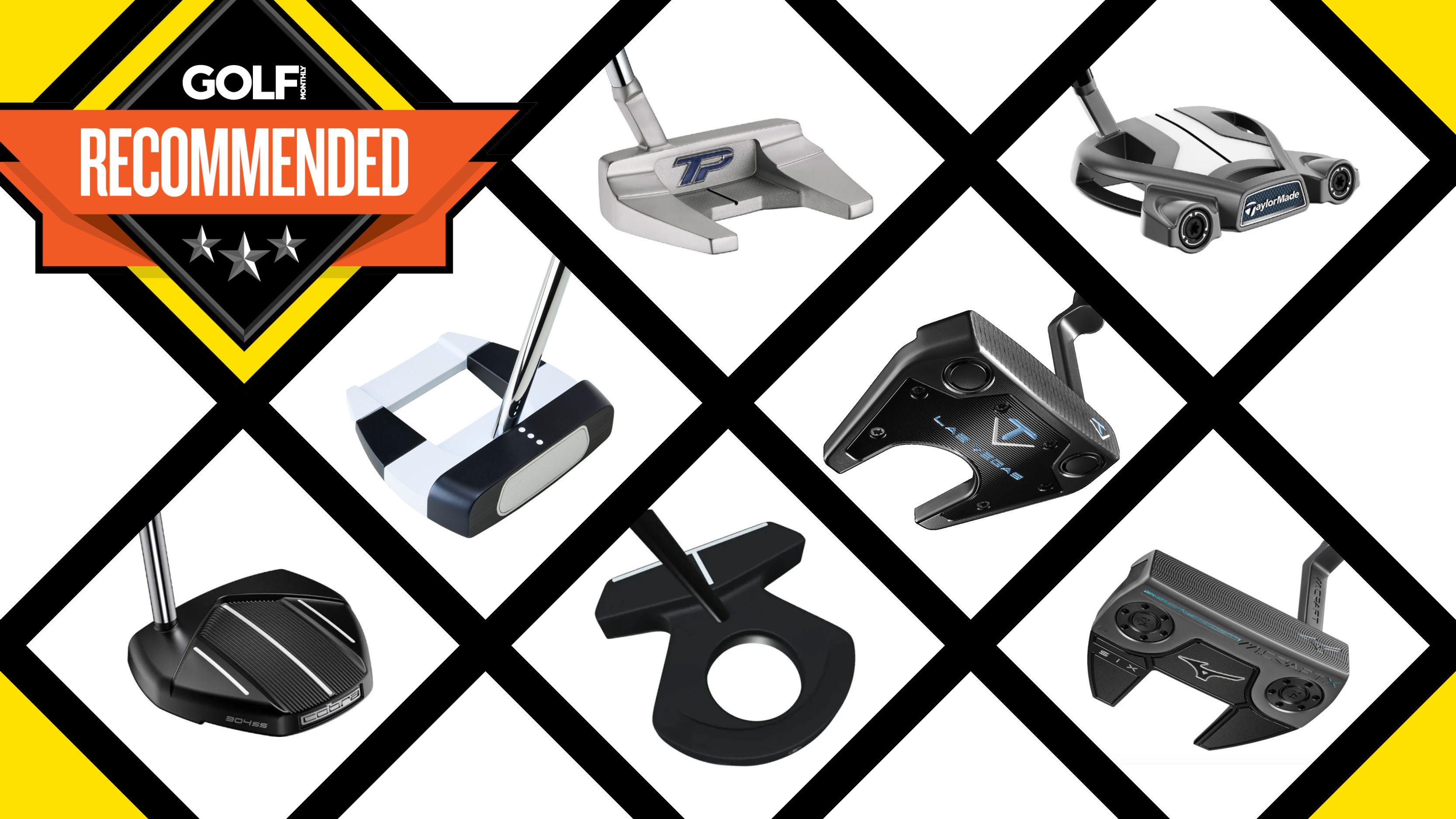 Best Mallet Putters 2024
Best Mallet Putters 2024Looking for more help on the greens? Our guide to the best mallet putters is the ideal place to start
By Sam De'Ath
-
 Best Blade Putters 2025
Best Blade Putters 2025Our guide to the best blade putters on the market this year - including models from the likes of Scotty Cameron, Odyssey and Ping.
By Sam De'Ath